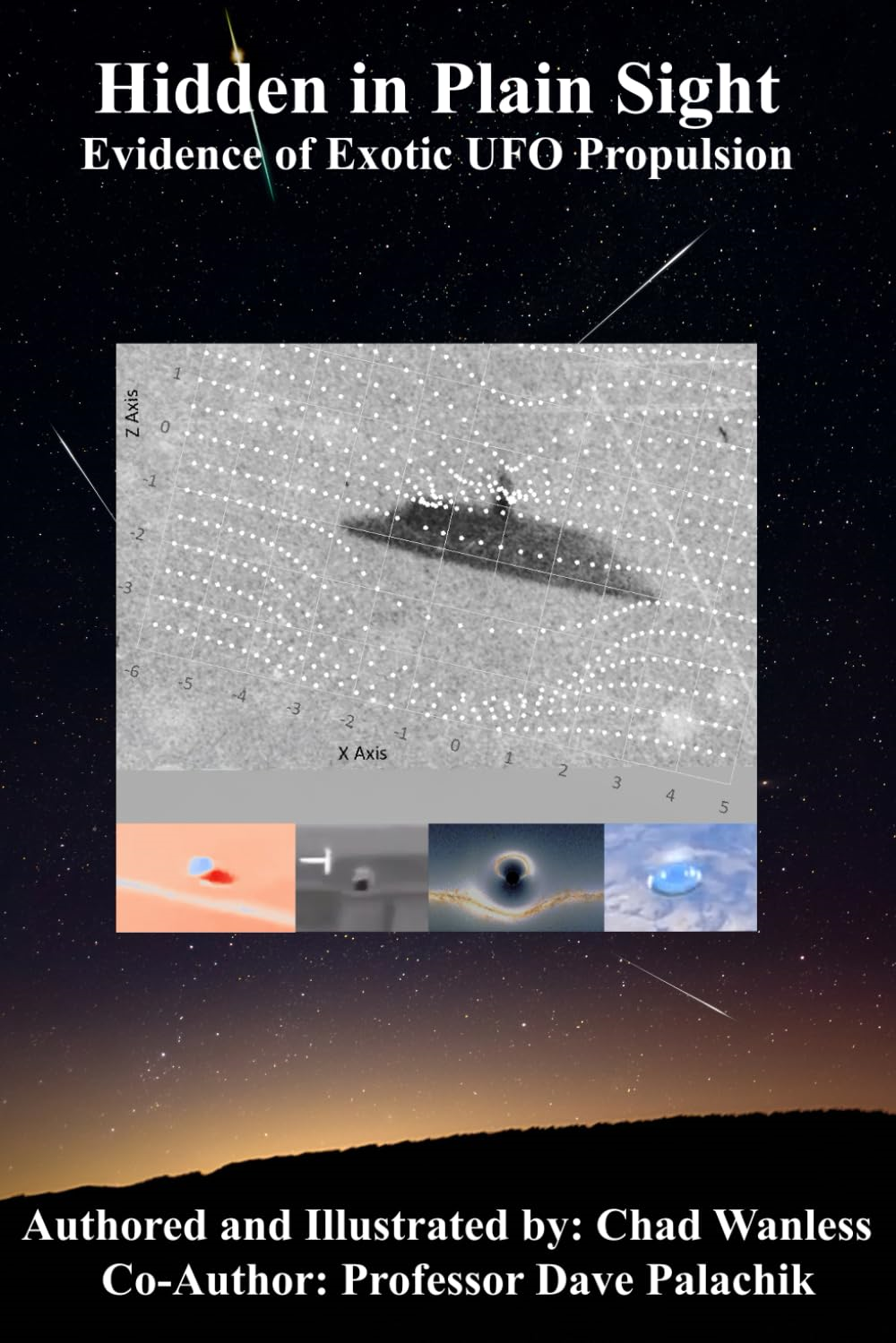Zero Point Documentary0
- From Around the Web, Science & Technology, UFO News
- February 17, 2017
The story of Mark McCandelish and the Fluxliner.

The story of Mark McCandelish and the Fluxliner.
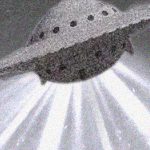
In November 1952, a man named George Adamski, a Polish-born, California-bred ranch owner and operator of a burger stand, claimed that he and several friends were walking in the desert near Desert Center, California when an alien spacecraft swooped down and landed near them.
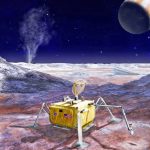
It will look for life in the Jovian moon’s saltwater ocean.
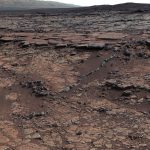
Curiosity rover findings add to a puzzle about ancient Mars because the same rocks that indicate a lake was present also indicate there was very little carbon dioxide in the air to help keep a lake unfrozen.

Sulphuric rain is easy; not being cremated by 500°C or crushed by 90 atmospheres is hard.
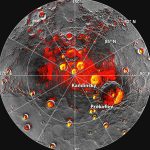
New analysis of observations made by NASA’s MESSENGER mission reveal where the solar system’s innermost planet’s water ice is but not where it’s from.

A newly-investigated essay from 1939 reveals Churchill’s thoughts on E.T.
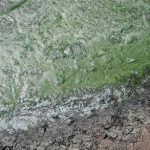
Research led by the University of St Andrews and published yesterday (Monday 6 February) in Nature – provides new insight into how life evolved alongside changes in the chemistry of Earth’s surface.
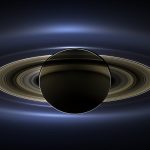
Jupiter is often cited as Earth’s protector — but Saturn may actually be hero of the day.
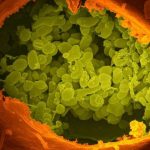
Humans could be the reason why there will be a huge burst of evolution happening to creatures around the world.

